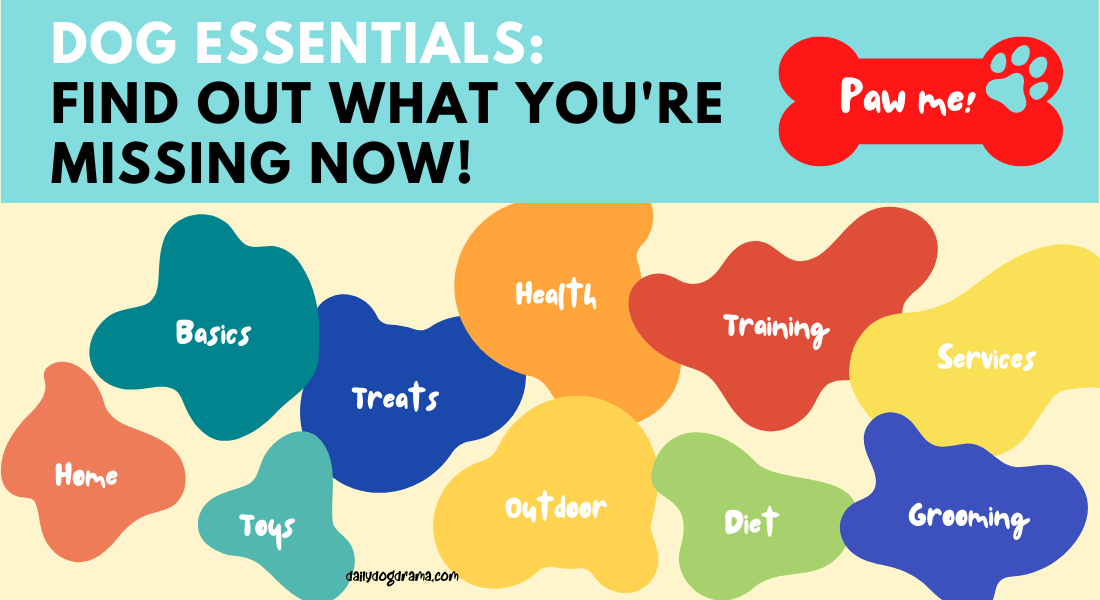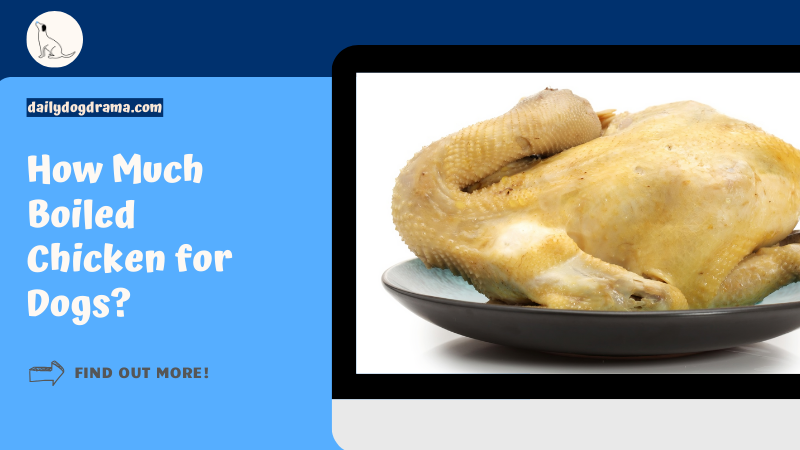Do you know what DOG ESSENTIALS you are missing out? Find out now!
Zack Keithy, our author, is a certified veterinarian technician (UC Blue Ash) for over 6 years (contact him here). The articles written here are based on his expertise and experience, combined with a review by our expert vet reviewers including Dr M. Tarantino. Learn more about us here.
The secret to raising a healthy and vibrant puppy might just lie in what you feed them. Enter raw diet for puppies, a feeding regimen that has been gaining popularity among dog owners.
A lively, energetic puppy with a glossy coat, sparkling eyes, and boundless enthusiasm. Every pet owner’s dream, right?
In this article, we’ll explore the pros and cons of a raw diet for puppies, shedding light on whether it’s a suitable choice for your furry friend. So, is a raw diet the key to a thriving puppy? Let’s find out.
Medical Questions? Talk to a Veterinarian 24/7.
Connect one-on-one with a licensed vet who will answer your questions in minutes.
*Article may contain affiliate links to retailers like Amazon and Chewy. Learn more on our disclosure page.
- Why Feed Your Puppy Raw Food?
- Is Raw Dog Food Good For Puppies?
- When Can Puppies Eat Raw Dog Food?
- What Should Make Up A Raw Puppy Food Diet?
- How To Start Your Puppy On A Raw Diet?
- How To Switch Your Puppy To A Raw Diet?
- What Is Biologically Appropriate Raw Food (BARF) For Puppies?
- What Is The Whole Prey Model?
- Additional Tips On Raw Diet For Puppies
- How Much To Feed Your Puppy?
- How To Supplement A Raw Puppy Food Diet?
- Potential Dangers Of A Raw Puppy Food Diet
- Frequently Asked Questions (FAQs)
- In Conclusion: Raw Diet For Puppies
Why Feed Your Puppy Raw Food?

Feeding your puppy is a big deal, isn’t it? It’s like picking out the perfect meal for a friend, but in this case, your friend is a puppy, a tail-wagging bundle of joy.
One way to feed them is with raw food – uncooked meat, bones, and organs.
It’s become quite popular, but like any choice, it has its ups and downs.
So, let’s talk about the good and not-so-good sides of feeding your puppy raw food.
Pros of Feeding Your Puppy Raw Food
- Nutritional Control: You can create a customized diet tailored to your pup’s specific needs, ensuring they get the right nutrients for growth and health.
- Natural Diet: Raw food diets imitate how dogs’ wild ancestors ate, which might lead to better digestion and overall health.
- Improved Coat and Skin Health: Raw meat’s high-quality proteins and fats can make your pup’s skin healthier and its coat shinier.
- Reduced Fillers and Additives: Raw diets skip unnecessary fillers and artificial additives often found in commercial dog food, a big plus if your pup has allergies or sensitivities. It’s like serving up cleaner, healthier meals for your furry friend.
Cons of Feeding Your Puppy Raw Food
- Nutritional Imbalance: If you don’t plan carefully, your puppy might not get all the important nutrients they need, like calcium and essential vitamins.
- Risk of Foodborne Illness: Raw meat can sometimes carry harmful bacteria like Salmonella or E. coli, which can make your puppy and your family sick.
- Expense and Preparation Time: Raw feeding can be more expensive and time-consuming than regular dog food. It’s a bit like choosing between cooking a fancy dinner at home or grabbing a quick meal from a restaurant – it depends on your budget and schedule.
- Lack of Scientific Consensus: Experts have different opinions about raw feeding. Some think it’s great, like the latest cool trend, while others have doubts because there isn’t enough solid scientific evidence yet.
- Risk of Bone Splintering: Bones in raw diets can be risky if you don’t choose or prepare them correctly. They might splinter and pose dangers like choking or blocking your pup’s digestive system.
Hey there, sorry to interrupt but I wanted to tell you about an online vet service I’ve been using for years.
An in-person visit with one is great, but it’s not always an option.
Now, thanks to technology, you can speak to one without leaving your home.
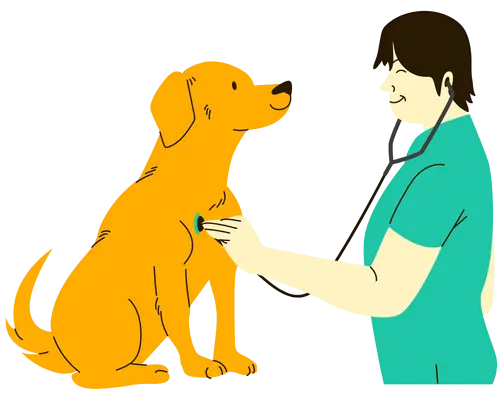
Got something to ask a vet?
Talk to one anytime, 24/7.
* Don’t use this service for emergencies.
Alternatively, a vet can come out to you instead (exclusive to our readers: use THEVETS15 for 15% off).
SCHEDULE AN APPOINTMENT HEREThank you. The rest of the article continues below.
Is Raw Dog Food Good For Puppies?
Yes, raw dog food is good for puppies if you do it RIGHT!
It’s packed with nutrients that are ready to do their magic, helping with digestion, keeping their coat shiny, and making their teeth strong.
But, and there’s always a “BUT,” you need to be careful.
Raw food can sometimes be like playing with fire. There’s a risk that it could have yucky bacteria like Salmonella or E. coli.
Nobody wants those uninvited guests at the dinner table!
Plus, preparing raw food takes a fair bit of effort and planning, something not every working adult has.
When Can Puppies Eat Raw Dog Food?
Puppies can start eating raw food when they’re between 8 to 12 weeks old.
But here’s the twist – the exact timing can vary.
It depends on things like their breed, how big they’re going to get, and how healthy they are.
When you do decide to go for it, don’t rush things.
I would recommend that you speak to your vet first before getting them started.
What Should Make Up A Raw Puppy Food Diet?
The best things that make up a raw puppy diet can be categorized as follows:
- Protein
- Healthy Fats
- Fruits and Veggies
- Organ Meats
- Calcium and Phosphorus
- Supplements
With the right ingredients, you’re setting them on the path to a happy and vibrant life.
It’s all about taking care of your puppy and keeping them healthy!
How To Start Your Puppy On A Raw Diet?
If you’re planning on giving your puppy a raw food diet, here’s a simple roadmap to get you started:
- Do Your Homework: First things first, it’s like studying for a test. Do some research on raw feeding. Learn the ropes and, super importantly, have a chat with your vet.
- Choose Top-Notch Ingredients: Next, think about the ingredients you’ll use. Make sure it’s SAFE for your pup.
- Find the Right Balance: Imagine you’re creating a balanced meal – it should include meat, bones, organs, and even a touch of veggies.
- Gradual Switch: Transitioning to raw food is like trying a new hobby. Don’t rush it. You can do so over a period of 10 days, slowly increasing the percentage daily.
- Keep an Eye Out: Lastly, be a vigilant pup parent. Watch how your furry friend reacts to their new diet. If you spot any funny business, like tummy troubles or allergies, don’t panic. Scale down the amount and see if things improve. As always, your vet’s number should be the first you call.
How To Switch Your Puppy To A Raw Diet?
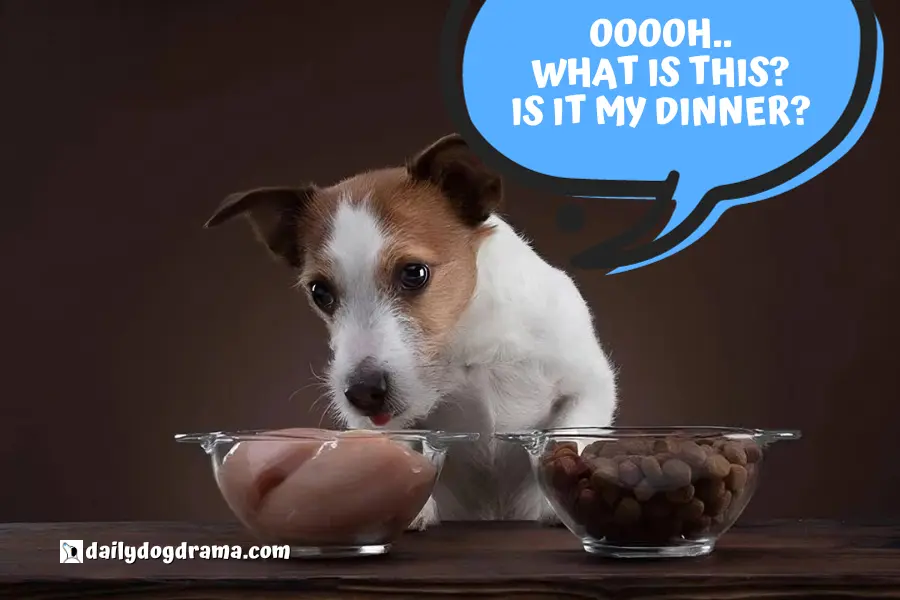
Transitioning your puppy to a raw diet is kind of like introducing a new hobby or game.
Here’s how you can do it:
- Gradual Change: Mix small amounts of raw food with their current diet.
- Increase Over Time: Gradually increase the portion of raw food while decreasing kibble. This should be done over a period of 10 days.
- Monitor Health: Pay attention to your puppy’s health and make adjustments if necessary.
What Is Biologically Appropriate Raw Food (BARF) For Puppies?
BARF is a special type of raw food plan for puppies. Imagine it as a way of feeding your puppy that tries to copy what their wild dog ancestors used to eat.
Here’s a look at the BARF Model feeding guidelines:
- Protein: Include high-quality meats like beef, chicken, or turkey. It’s like the main course.
- Healthy Veggies: Add some vegetables like sweet potatoes, carrots, or peas. They’re like the side dishes, full of vitamins.
- Good Fats: Don’t forget fats from sources like fish oil or flaxseed oil. They’re like the seasoning, making the meal tasty.
- Secret Ingredients: Include organ meats like liver or kidney for extra nutrients. They’re like the special spices in your dish.
- Bone Basics: Make sure to include bones for strong teeth and bones, just like the foundation of a house.
- Supplements: Sometimes, your pup might need supplements like fish oil for extra health benefits. It’s like a bonus treat.
What Is The Whole Prey Model?
The Whole Prey Model is like a special way of feeding your pup. It tries to copy the nutrition that a whole animal, like a prey animal, would provide.
It includes everything from meat and bones to organs and even a bit of fur or feathers. It’s like giving your dog a meal that’s as close as possible to what their wild relatives might have eaten.
Whole Prey Model feeding guidelines:
- Feed whole animals or a mix of animal parts.
- Balance the diet by providing different animals or parts over time.
- Ensure the size of the prey model matches your puppy’s size and age.
Additional Tips On Raw Diet For Puppies
- Always consult with a veterinarian for guidance on your puppy’s specific needs.
- Practice good hygiene when handling raw food.
- Monitor your puppy’s health and adjust the diet as they grow.
Remember, these guidelines aim to provide a basic understanding of raw puppy food diets.
Individual puppy needs may vary, so consulting with a vet who supports raw feeding is crucial for your puppy’s well-being.
How Much To Feed Your Puppy?
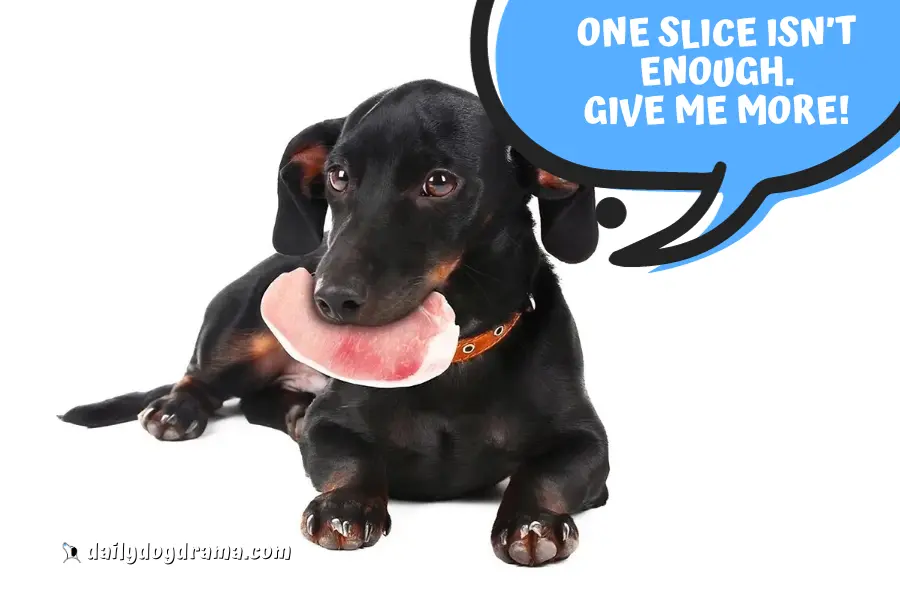
Feeding your puppy the right amount is super important for their health and growth.
Here’s a general idea:
- Puppies usually need about 2-3% of their body weight in food each day.
Again, this can vary depending on their age, breed, and how active they are.
So, to get it just right, it’s always best to talk to your veterinarian or breeder.
How To Supplement A Raw Puppy Food Diet?
Supplementing a raw puppy food diet is essential to ensure your puppy gets all the necessary nutrients for healthy growth and development. Here’s what you should do:
- Variety of Meat and Organs: Include different meats like chicken, beef, and turkey. Don’t forget organ meats like liver and heart for essential nutrients.
- Include Bones: Offer raw, non-weight-bearing bones like chicken necks for calcium and dental health.
- Veggies and Fruits: Add finely chopped or blended veggies and fruits like carrots and apples for vitamins and fiber.
- Consider Supplements: If needed, think about supplements like fish oil for skin and coat, probiotics for digestion, and calcium supplements.
- Eggs: Include eggs for protein and fatty acids, but make sure they’re cooked to kill any potential bacteria.
- Watch Protein and Fat: Keep an eye on protein and fat levels. Puppies need more protein, but too much fat can lead to obesity.
- Talk to a Vet: Get advice from your vet or a canine nutritionist, especially for your puppy’s specific breed and size.
- Gradual Transition: If switching to raw, do it slowly by mixing with their current diet.
- Stay Hydrated: Always provide clean, fresh water.
- Monitor Health: Watch your puppy’s health, coat, and growth. If you see any issues, consult your vet for adjustments.
Potential Dangers Of A Raw Puppy Food Diet
While raw diets are trendy, they can come with some risks to be aware of:
- Harmful Bacteria: Raw meat can sometimes have bad bacteria like Salmonella. This can make your puppy and your family sick.
- Nutritional Imbalances: If the diet isn’t balanced correctly, your pup might miss out on some important nutrients or get too much of others, which can affect their health.
Frequently Asked Questions (FAQs)
Can I feed my puppy raw bones?
Yes, you can feed your puppy raw bones, but doing so can be risky. While bones provide essential nutrients, they can splinter and cause choking or digestive issues. Cooked bones are even more dangerous. I would wait till they are older before doing so.
Can puppies eat raw ground beef?
No, it’s not recommended to feed puppies raw ground beef. Raw meat, including beef, can carry harmful bacteria like Salmonella, which can make your puppy and family sick. Cooking meat thoroughly is safer for them.
Can puppies eat raw fish?
Yes, puppies can eat raw fish, but it’s not recommended. Raw fish may contain parasites or harmful bacteria like Salmonella. Cooking fish can eliminate these risks. It’s safer to offer cooked fish as an occasional treat while providing a balanced commercial puppy food for their primary diet.
Are raw diets for pups more expensive?
Yes, raw diets for puppies are more expensive than traditional kibble in general. Raw ingredients like meat, bones, and supplements can cost more, and don’t forget the time you need to spend preparing them too.
What is the best food for puppies?
The best food for puppies is high-quality puppy-specific commercial dog food. Look for brands with real meat as the first ingredient, no fillers, and AAFCO guidelines. These foods provide the right balance of nutrients for healthy growth and development, making them a solid choice for young pups.
In Conclusion: Raw Diet For Puppies
A raw diet for puppies can offer a range of potential benefits, from improved coat quality and dental health to increased energy and overall vitality.
But don’t forget, do your homework first and speak to a professional first.
With the right guidance and care, I’m sure you can provide your puppy with the nutrition they need to grow into a healthy and happy adult dog!
Hey! If you found this post useful, check out these dog care tips too:
You’ve made it to the end, but I hope it’s not the end of our journey. We want to hear your voice! Share your thoughts, problems, suggestions, or anything related to your dog in the comments section. And don’t forget to join our newsletter today too.

